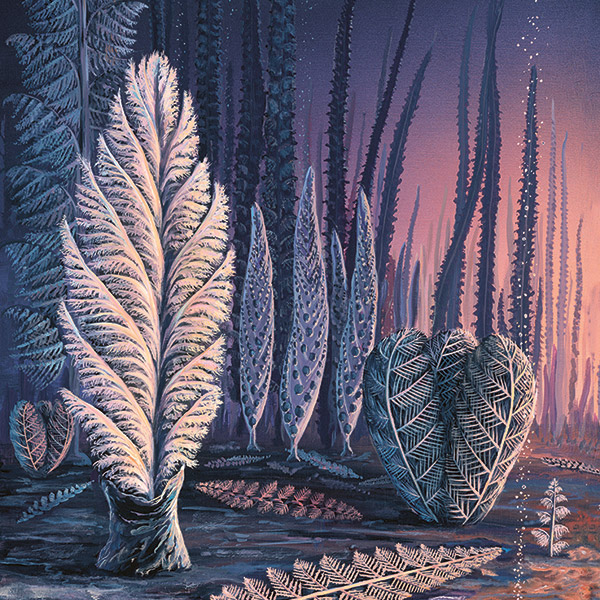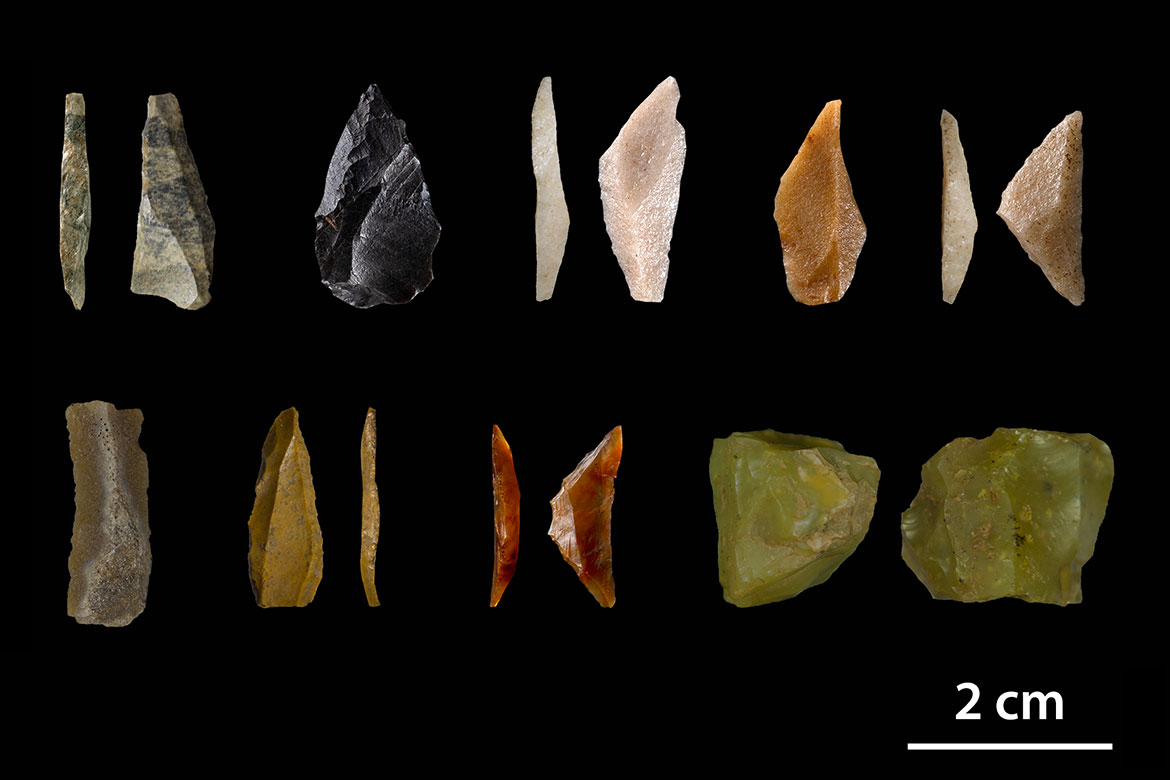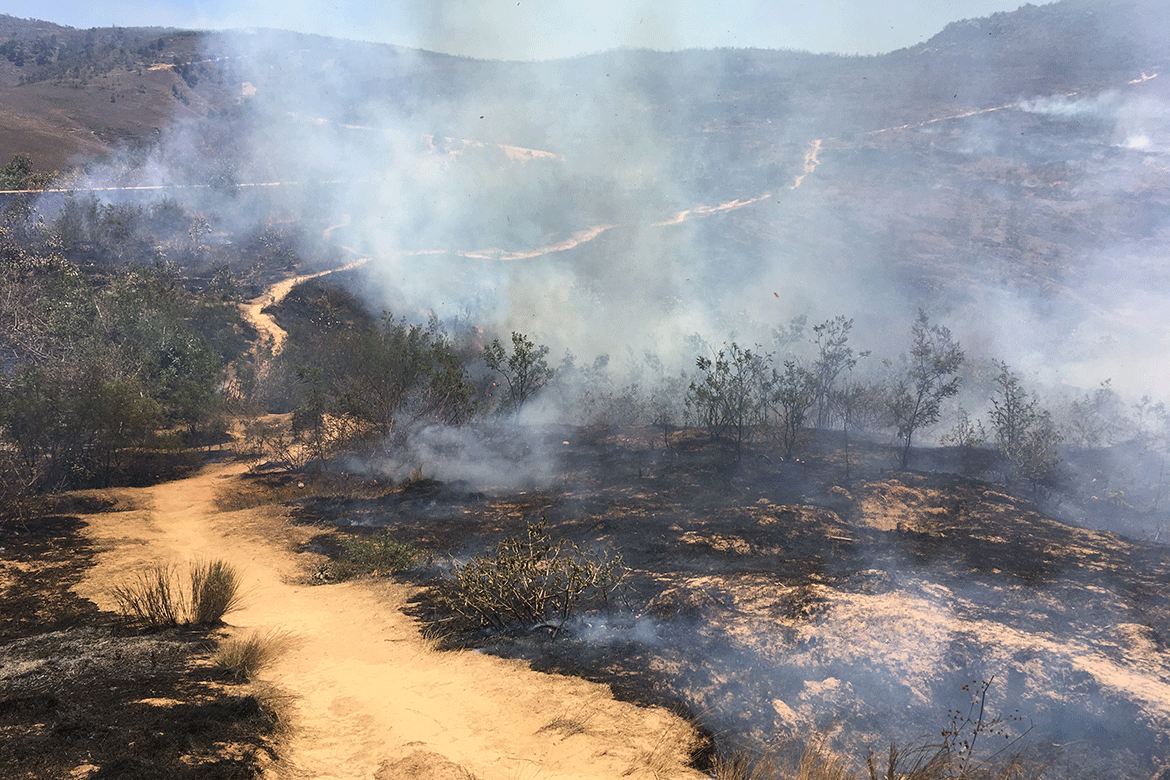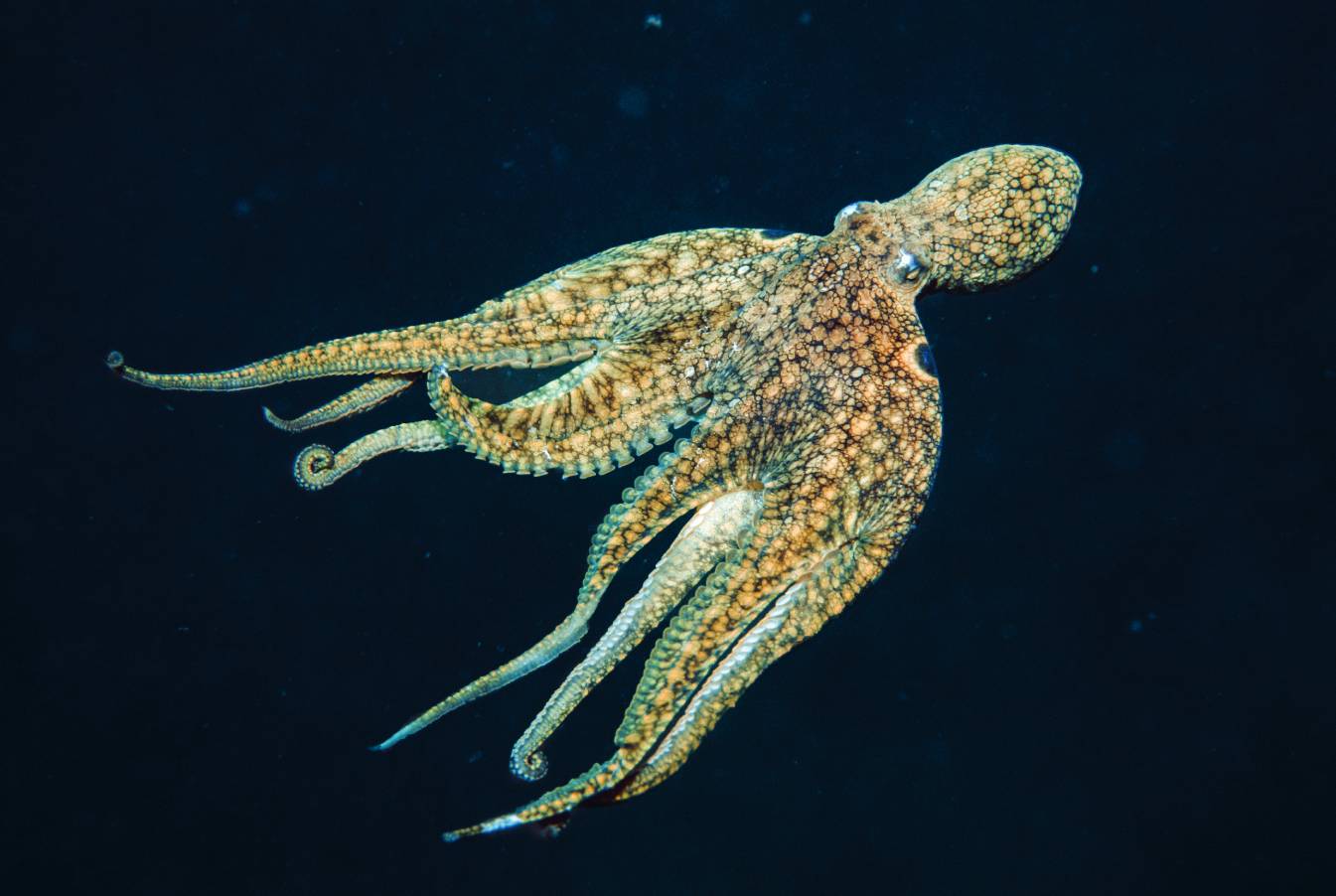EVOLUTION
Cretaceous suction feeder
This turtle from Madagascar fed on small animals in rivers and lakes.
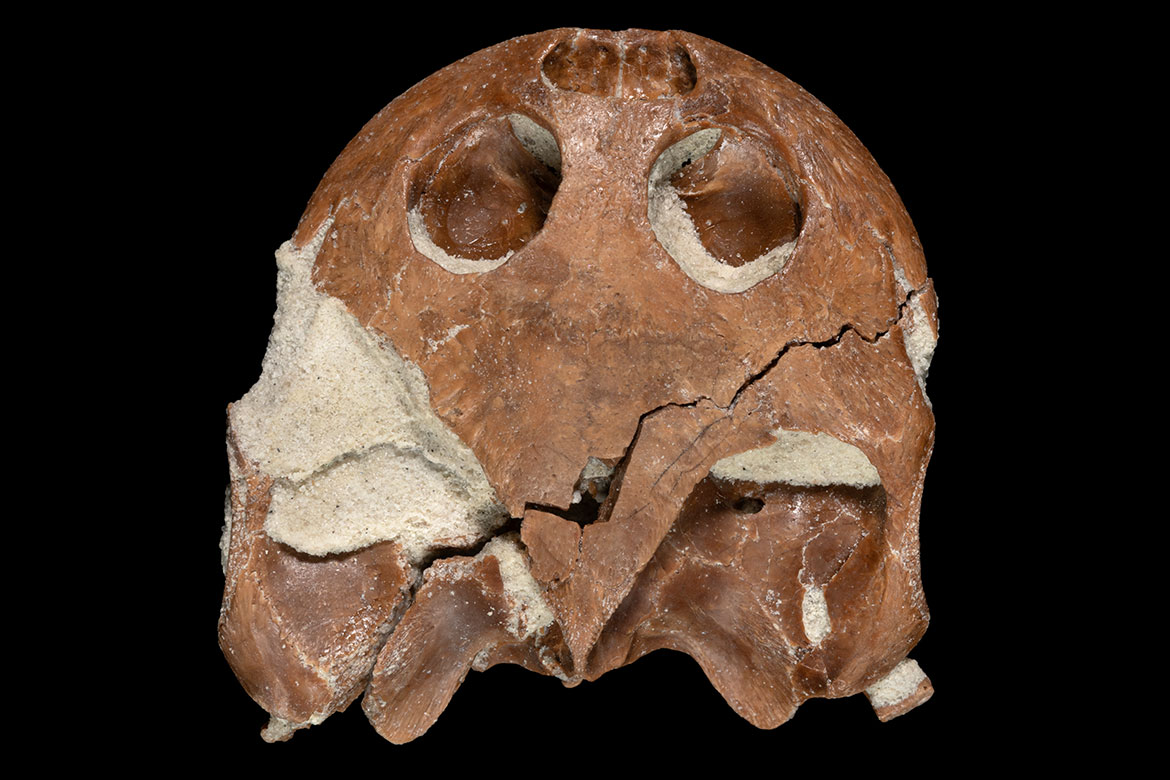
Researchers can use the skull of this reptile to work out what it ate. | Photo: W. G. Joyce et al. (2021)
“Madagascar is a natural experimental laboratory for evolution”, says Walter Joyce, a palaeontologist from the University of Fribourg. This recently discovered species of turtle was completely unknown until now, and it’s a good example of what Madagascar has to offer. Its unusual characteristics include a broad skull, plus a delicate lower jaw that suggests that this extraordinarily well-preserved fossil once belonged to a specialised suction feeder that lived off small animals in rivers or lakes. This evolutionary adaptation has until now never been observed among related species.

